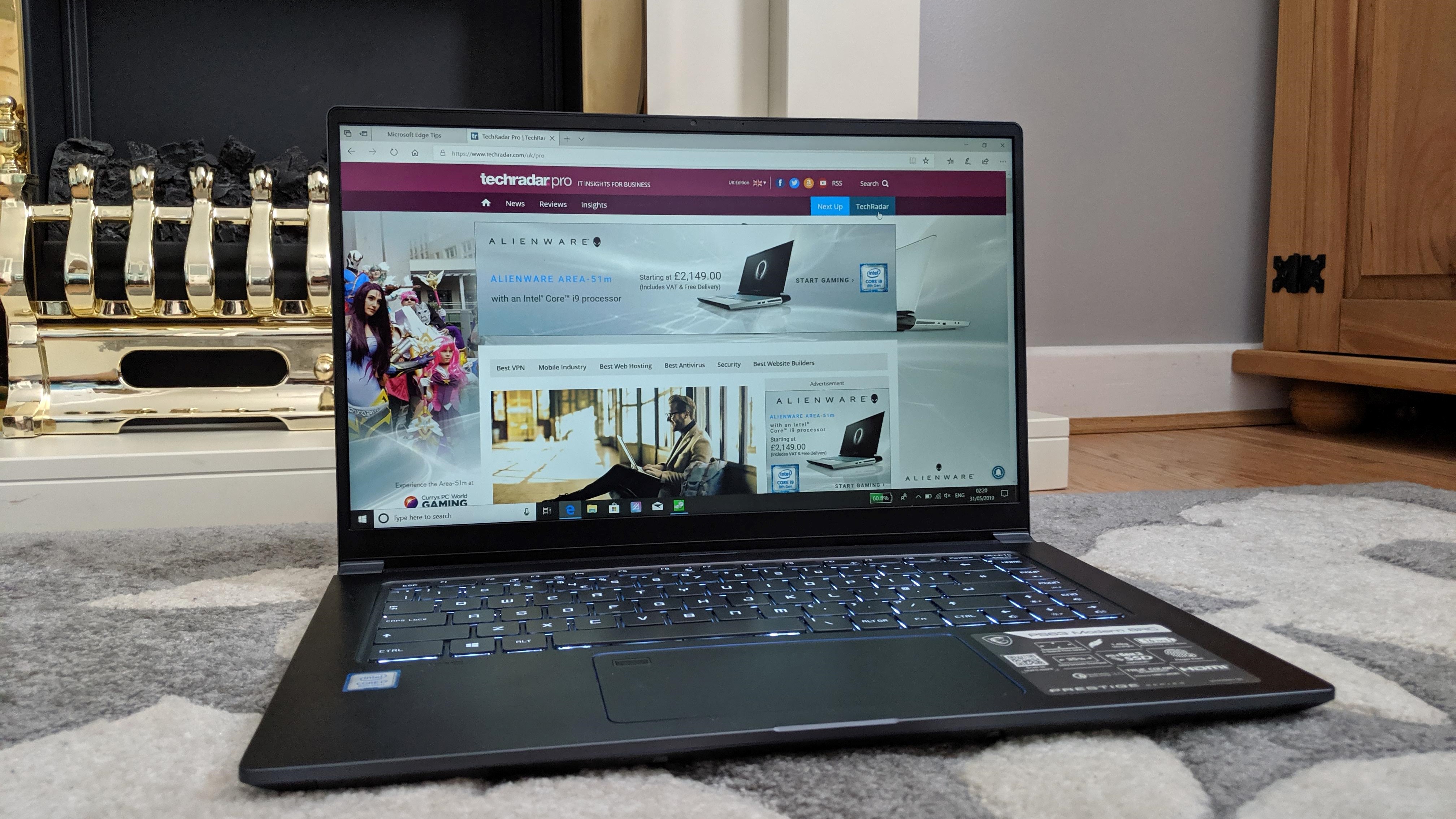TechRadar Verdict
The MSI PS63 Modern has a fantastic battery life and is a great performer overall. Depending on whether you prioritise battery life or raw performance it may or may not be on your short list. Just don’t lose sight that it delivers a compromised performance with a focus on battery life.
Pros
- +
Excellent battery life
- +
Tiny power adapter
- +
Quiet
- +
Nice design
Cons
- -
Underpowered for its price
- -
Bloatware
- -
No Thunderbolt 3/DisplayPort
- -
Dubious product placing
Why you can trust TechRadar
MSI may not be the first name you think of when looking for a laptop but the Taiwanese hardware manufacturer, which often spares with Asus on everything from motherboards to servers, has signalled its growing ambition. Earlier this year, it released a range of laptops called Prestige that competes directly with the likes of the Dell XPS, the Lenovo Carbon and the HP Spectre series.
The PS63 Modern 8RC, built in partnership with the Discovery Channel, wants to capture that slice of the market that looks for reasonably powerful laptop that aspire to be the Windows equivalent of MacBook Pro but without the price tag.
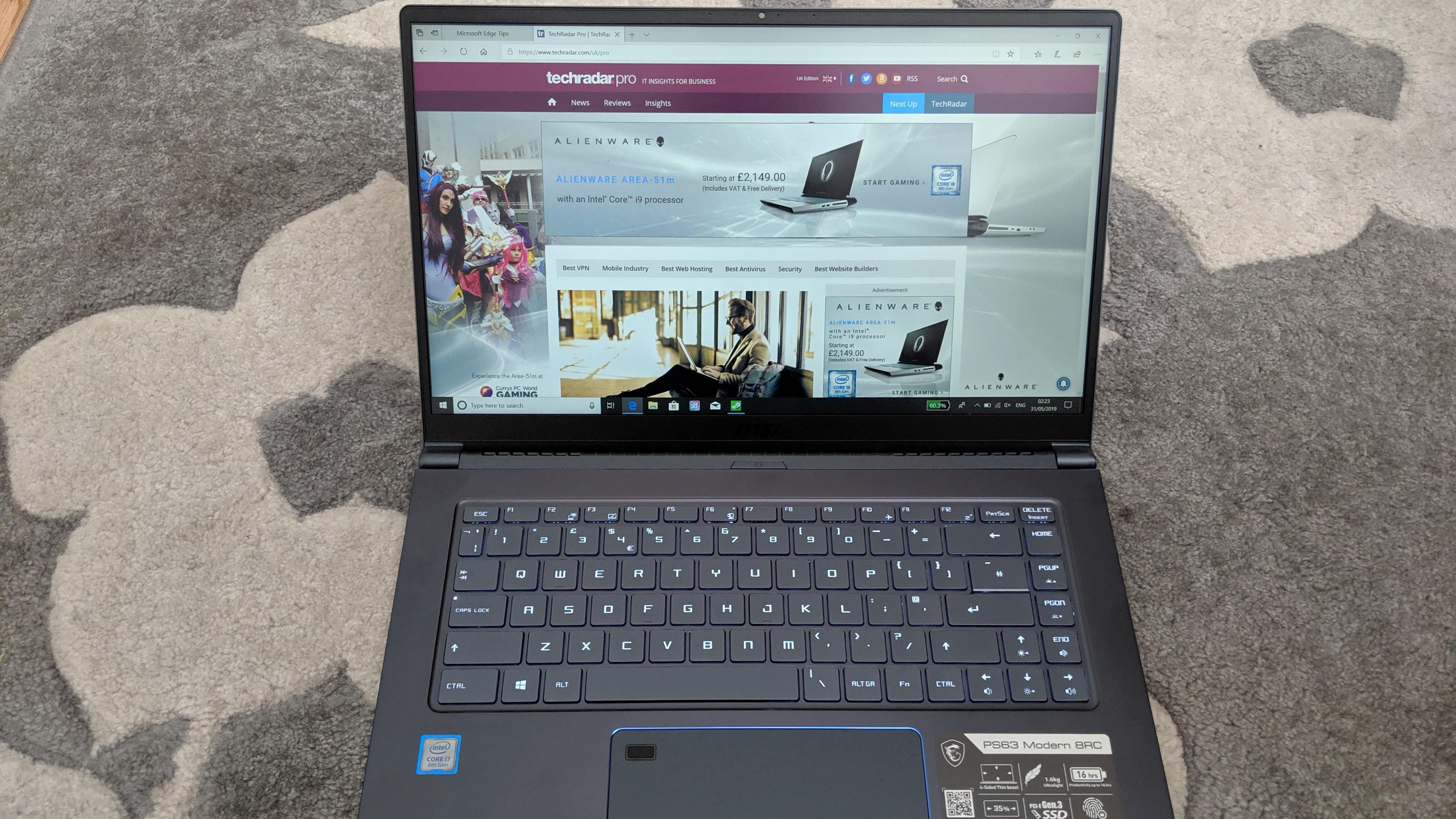
Design
This is certainly a good looking laptop with a diamond-cut design and a sandblasted texture combined with a “deep carbon gray” and “brilliant galaxy blue” trim. Basically all the hallmarks of a good-looking laptop. Bearing in mind what MSI is trying to achieve, it is not surprising that there’s no numeric keypad which means that the keys are stretched almost edge to edge and have ample space to roam. Others like the XPS 15 opted to have a compact keyboard and plenty of space around it. Curiously the power button is centrally located, perhaps a remnant of its gaming legacy.
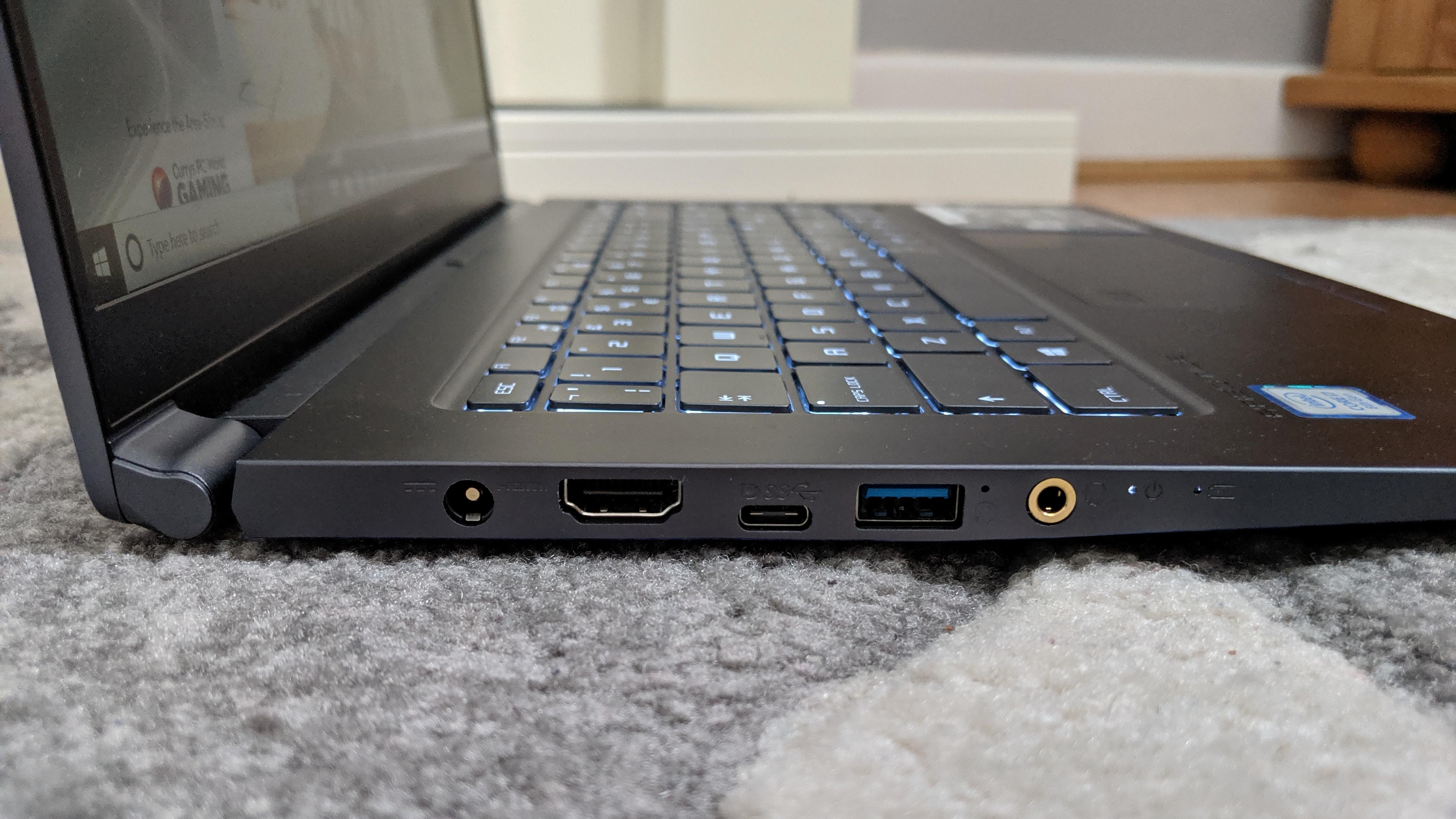
A larger size means more real estate and the potential for more connectivity. There’s three USB 3.1 ports, one Type C connector that supports DisplayPort (but not Thunderbolt 3), a microSD card slot, an HDMI 2.0 output, an audio connector. One of the USB ports is a Gen 2 one which means much faster data transfer speeds, the other one supports Qualcomm’s QC3.0, which promises faster charging speeds. Sadly, you can’t get both working together. A Gigabit-Ethernet-to-USB adaptor is provided should you want one.
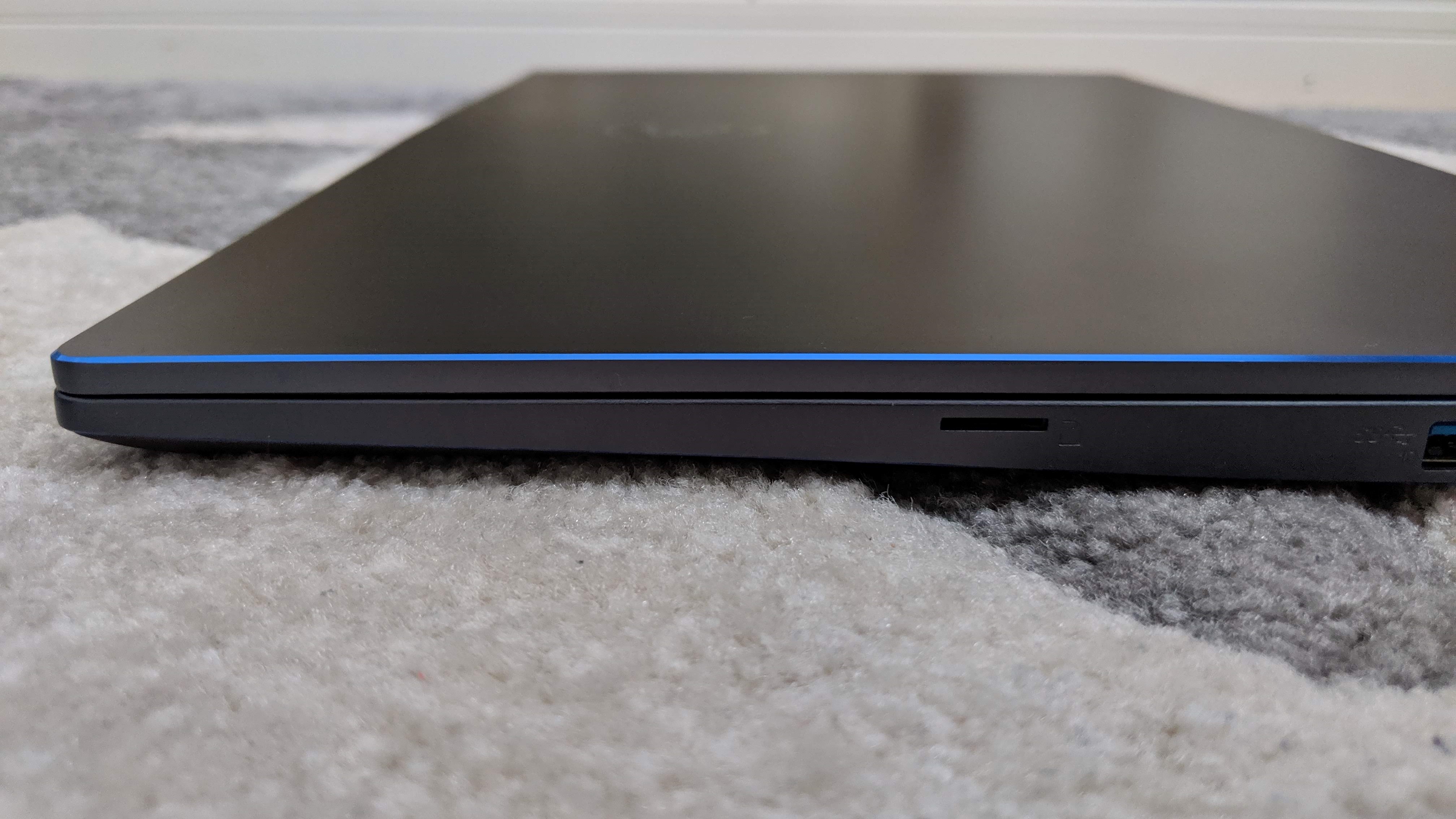
Other points worth noting: the laptop weighs 1.6Kg and has a footprint of 357 x 234mm, only slightly bigger than an A4 sheet. At 17mm, it is also far thinner than we’d expect for a device. A tiny square power supply unit is provided, one that packs a powerful punch with a 90W power output.
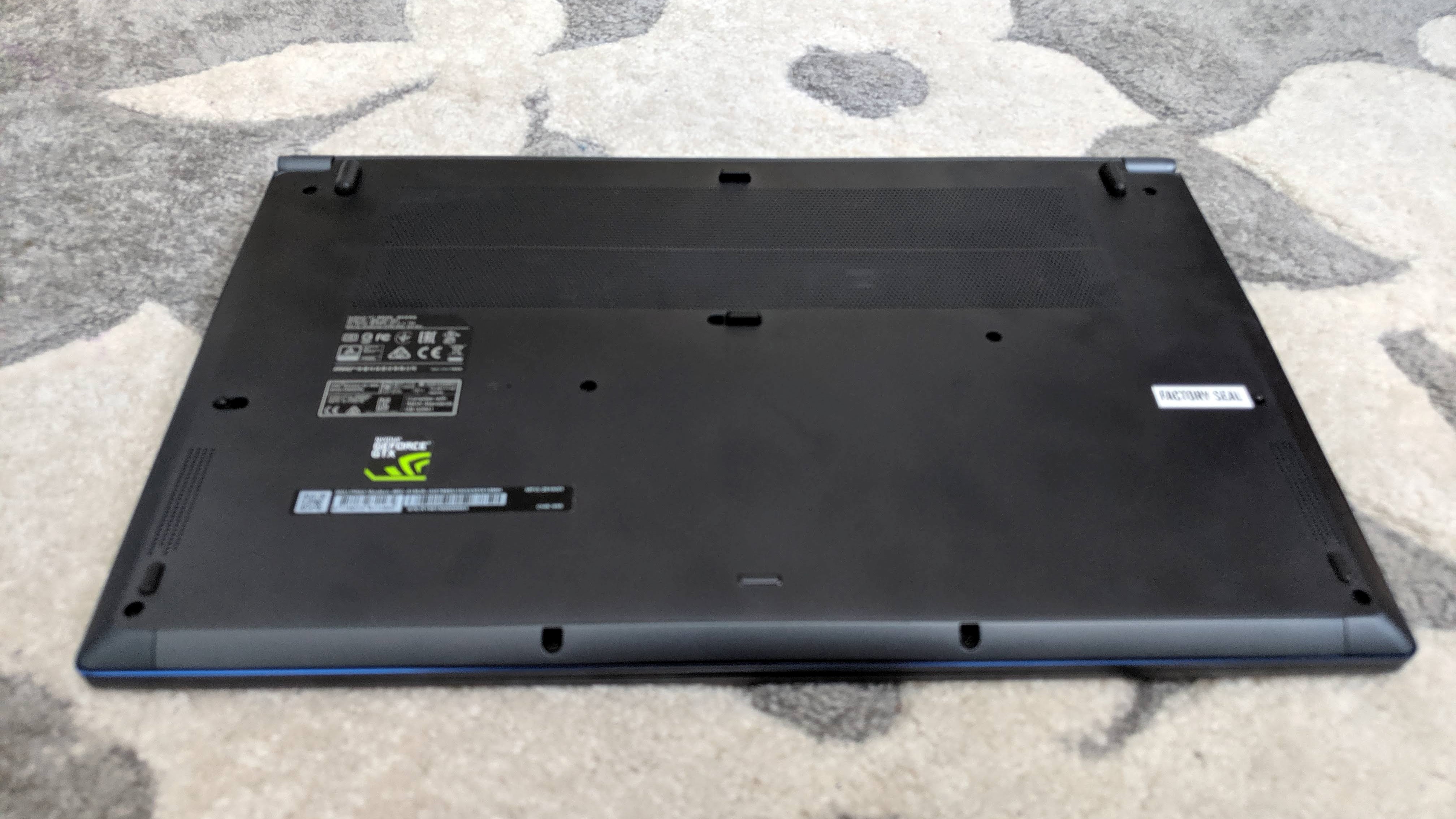
The PS63 also meets the MIL-STD 810G standard with MSI saying that it has passed multiple tests without mentioning exactly what they were. The small prints do say that the validation process was done in laboratory conditions and that test results do not guarantee future performance. More importantly damage under such conditions is not covered by MSI’s standard warranty. You’ve been warned!
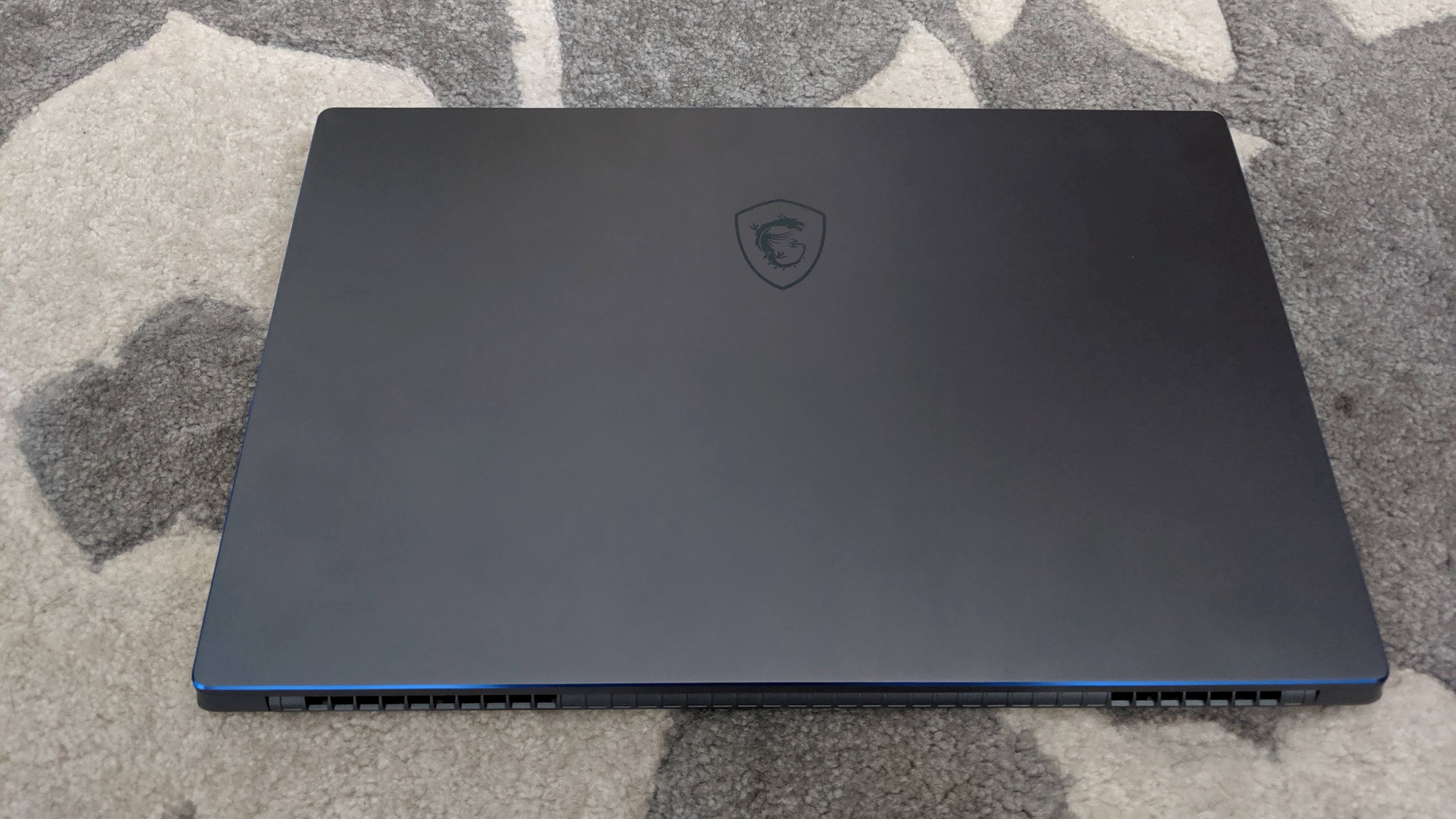
Hardware
The device uses an Intel Core i7-8565U processor, a 15W Whiskey Lake part that is a tweak on the Coffee Lake architecture. It has four cores, with a base speed of 1.8GHz and a Turbo Peak speed of 4.1GHz/4.8Ghz on all cores/one core respectively. In other terms, it is a speedy processor that prioritises power efficiency at the expense of raw performance. The 8750H which is used in some rival laptops has two more cores and a higher base frequency but a TDP of 45W which in turn almost certainly means a lower battery life.
There’s also two 8GB DDR4-2400 SanMax memory modules which you can upgrade to 2x16GB to make the most out of the dual-channel capabilities of the Intel CPU. MSI opted for a WDC SN520 512GB VNMe solid state drive.
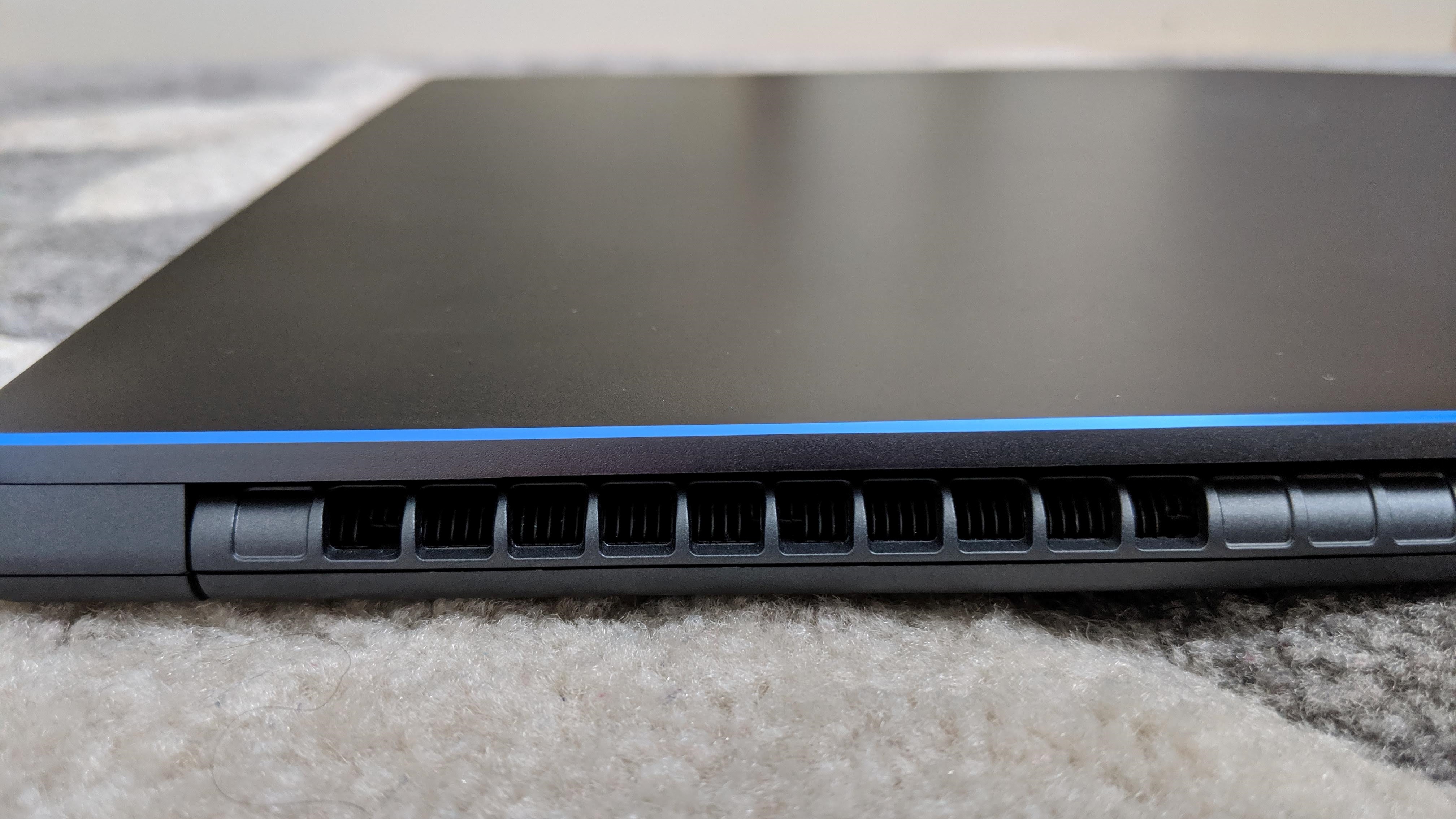
More interesting is the Geforce GTX 1050 chip that is Nvidia preferred chip for those looking for a speedy thin-and-light laptop; our model came with the Max-Q version with 4GB GDDR5 memory. There are four versions of the chip for laptops - the 1050 Ti, the Ti Max-Q, the plain vanilla and the plain vanilla Max-Q version. Max Q means a lower GPU clock speed and the Ti flavor has 20% extra shader units.
The rest of the hardware include a 81.8Whr battery, 802.11ac and Bluetooth 5.0 connectivity.
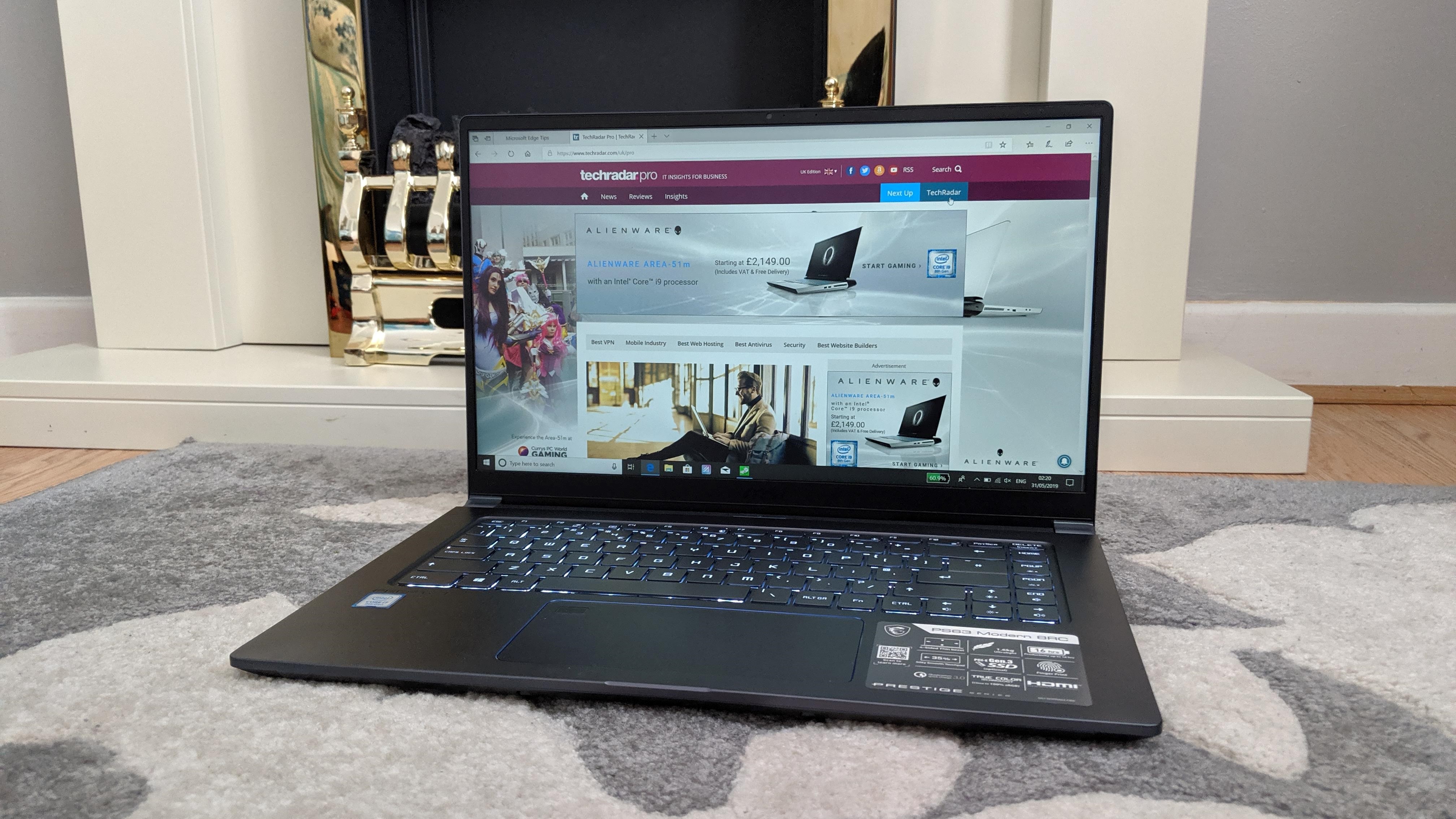
Performance and in use
The PS63 Modern is jam-packed with applications that the target audience will almost certainly never use. One of them though, the Creator Center, claims to “take optimization to the next level” by offering “easily adjustable system modes and resources” based on the applications that you are using. Since the laptop targets creative users, that means the entire Adobe Creative Cloud suite plus tools from Corel and Magix.
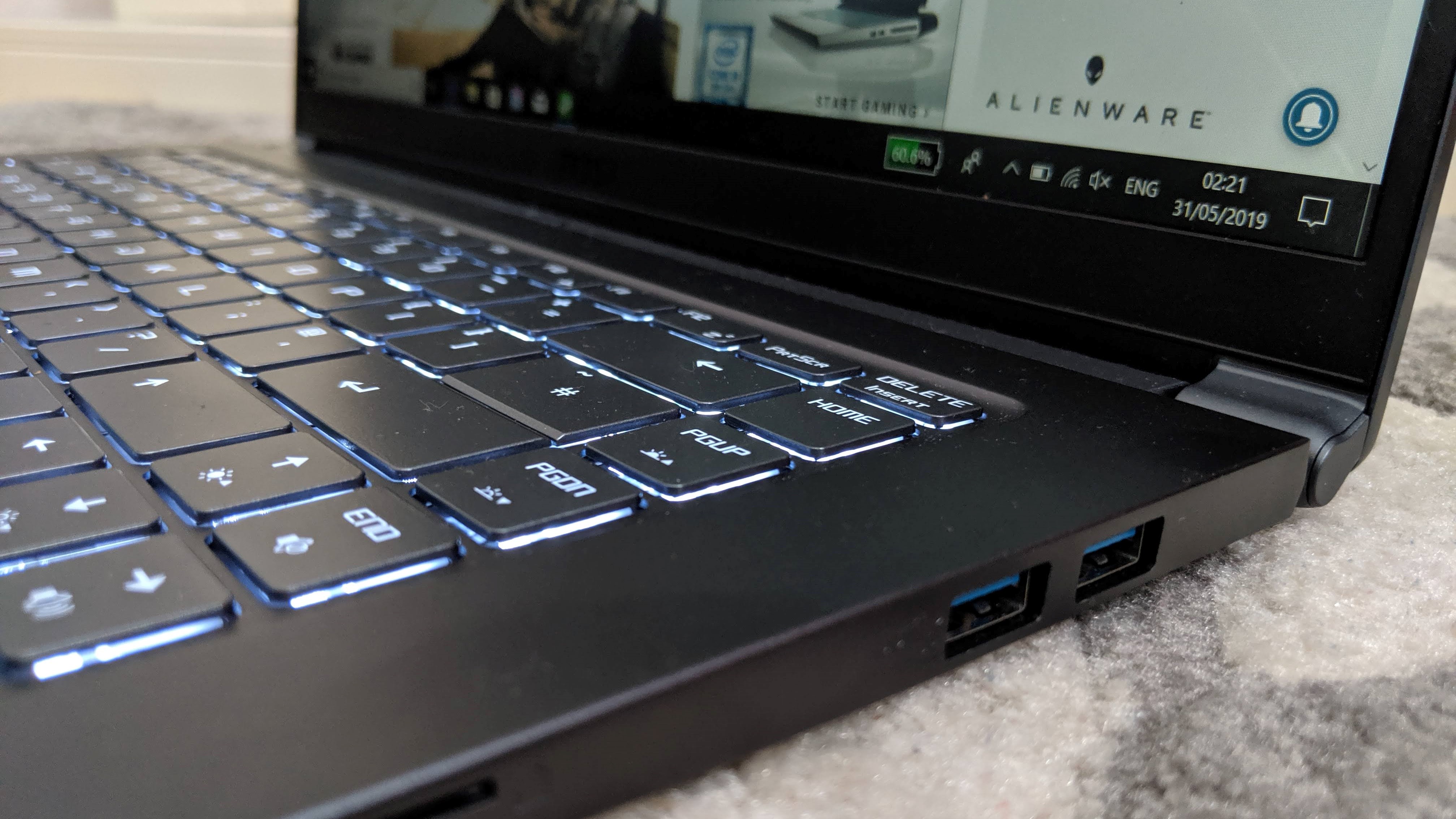
What surprised us the most though was the battery life; at 09:31, it came second to the Getac K120 which has two batteries and is a completely different device. As a reminder, it was playing a 10 hour video on Youtube at maximum brightness and maximum performance and without any power saving feature. Quite a feat for a laptop with this configuration.

Désiré has been musing and writing about technology during a career spanning four decades. He dabbled in website builders and web hosting when DHTML and frames were in vogue and started narrating about the impact of technology on society just before the start of the Y2K hysteria at the turn of the last millennium.
